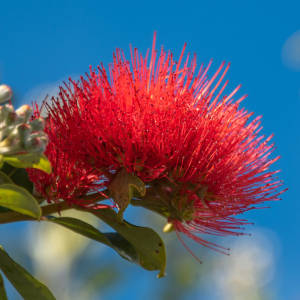Getting Rained On
We had some heavy rain over night and today it has been dull with continuous drizzle. These lovely little chrysanthemums are just coming out. My friend gave us this chrysanthemum for our first wedding anniversary and it is our 10th tomorrow. She gave it us as I had them in my boutique. They were green ones but have turned yellow in my garden. So you must have to feed them something to keep them green.
We are leaving tomorrow to make our way down south and arriving in Wanaka on Friday. The long range weather forecast looks good for a few days so hope that continues into the weekend. I am looking forward to meeting all the other blippers.
History of the Chrysanthemum
The chrysanthemum was first cultivated in China as a flowering herb and is described in writings as early as the 15th Century B.C. In fact, their pottery depicted the chrysanthemum much as we know it today. As an herb, it was believed to have the power of life. Legend has it that the boiled roots were used as a headache remedy; young sprouts and petals were eaten in salads; and leaves were brewed for a festive drink. The ancient Chinese name for chrysanthemum is “Chu.” The Chinese city of Chu-Hsien (which means Chrysanthemum City) was so named to honor the flower.
Around the 8th century A.D., the chrysanthemum appeared in Japan. So taken were the Japanese with this flower that they adopted a single flowered chrysanthemum as the crest and official seal of the Emperor. The chrysanthemum in the crest is a 16-floret variety called “Ichimonjiginu.” Family seals for prominent Japanese families also contain some type of chrysanthemum called a Kikumon – “Kiku” means chrysanthemum and “Mon” means crest. In Japan, the Imperial Order of the Chrysanthemum is the highest Order of Chivalry. Japan also has a National Chrysanthemum Day, which is called the Festival of Happiness.
For more information on the Chrysanthemum

Comments
Sign in or get an account to comment.


